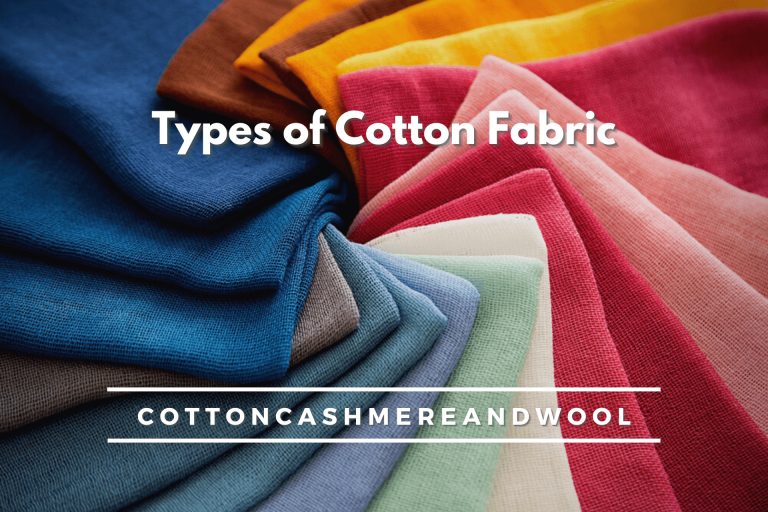Cotton is a versatile material widely used in the textile and craft industries. It is available in a wide range of surface textures and yarn weights. Because of its great tensile strength, it is sturdy, long-lasting, and has a lower risk of ripping or tearing. It is simple to wash and dry and may be washed as often as necessary to meet your requirements.
However, because there are so many varieties of cotton fabric to select from, coming to a conclusive conclusion can take time and effort. As a result, to assist you, we have compiled this information on the many types of cotton fabric.
Table of Contents
History of Cotton Fabric:
As early as 3,000 B.C., cotton was being farmed by humans. During that period, it was created in the region of the River Indus in Pakistan, which was made into yarn and shaped into cloth.
Cotton fabric was being marketed in Europe by Arab traders as soon as the year 800 A.D. Columbus discovered America in 1492 and discovered cotton plants thriving across the Bahama Islands.
Cotton was being cultivated and traded in every region by 1500. It continues to be a key ingredient in producing a wide variety of cotton textiles in modern times.
Overview of Cotton Fabric:
Cotton fabric is incredibly versatile, making it a popular choice for everything from clothing to home decor. It’s often blended with other materials like polyester or spandex to create cotton blends that are even more durable and comfortable.
Cotton fabric is lightweight, breathable, and absorbent, making it ideal for summer clothes and linens. When shopping for cotton fabric, you’ll want to consider factors like thread count (the number of threads per inch), weave type (such as twill or broadcloth), weight (lightweight or heavyweight), colorfastness (how well the dye will stay in the fabric after washing) and finish (plain or patterned).
Finding something perfect for your project is easy with so many options available. Whether you’re making a dress, curtains, or quilt, cotton fabric is the ideal choice for adding texture, color, and style to any room.
20 Types of Cotton Fabric:
This guide will provide information on the top 20 types of cotton textiles, including the qualities and typical applications for each kind of cotton. Cotton is a perfect fiber for use in the production of fabric and may be found in a wide variety of designs, textures, and weights.
1. Brushed Cotton:
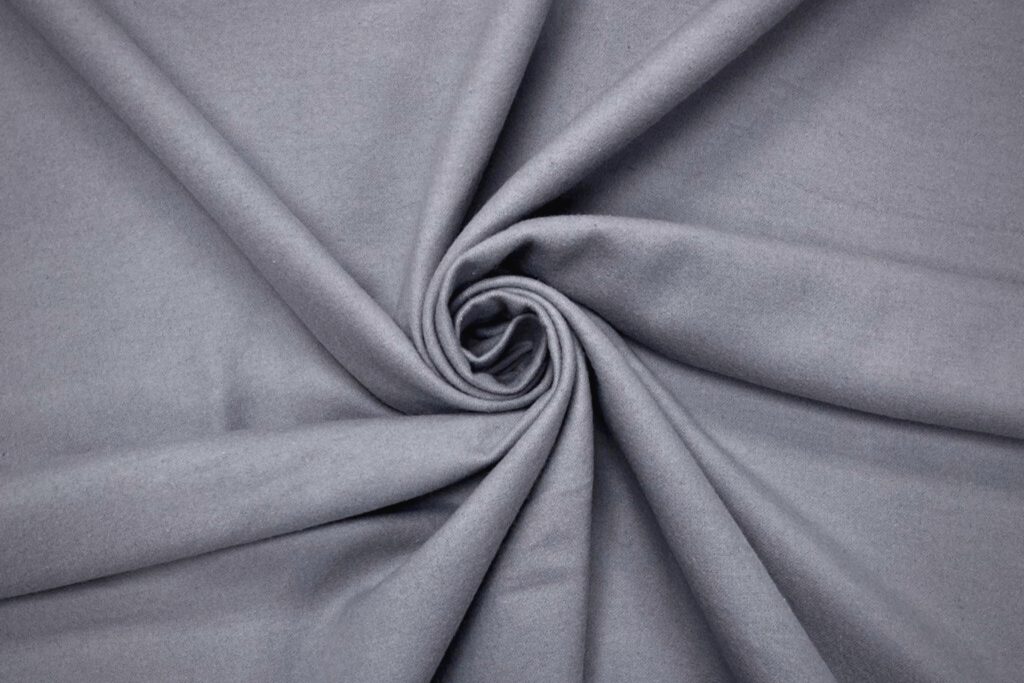
Occasionally, people will refer to brushed cotton as flannel or flannelette. It is a cotton fabric of partial loads that, on one side of the cloth, contains surface fibers that have been brushed, giving it the appearance and sensation of being extremely plush and toasty.
It is commonly used for linings in beds, humorous coats, and jackets. It may also be purchased in various patterns suitable for use as casual shirting or children’s apparel. When it comes to flannelette, which is not very heavy, it is frequently used to produce nightgowns and pajamas.
2. Quilting Cotton:
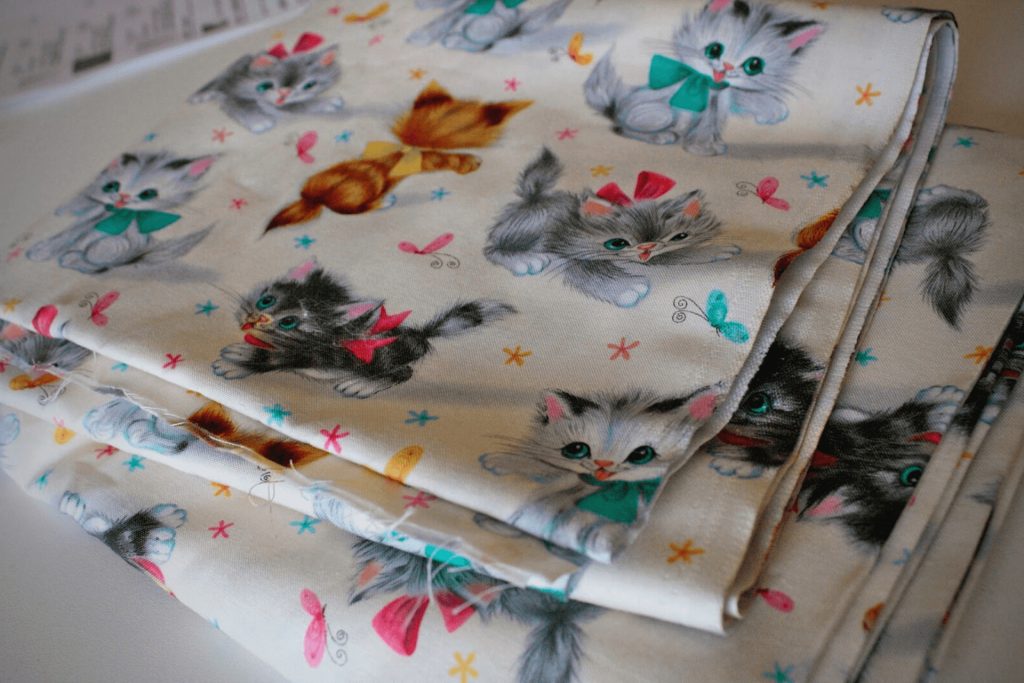
Cotton with light to medium-weight woven fabric is considered quilting cotton. These cotton may also be called craft cotton shirts, patched cotton, or printed cotton.
They are a fabric that is woven relatively densely, and there is a wide selection of quilted cotton fabrics that can be purchased and used to make garments such as tunics, aprons, comforters, blankets, skirts, and dresses. These items may be used in a variety of different ways.
3. Batiste:
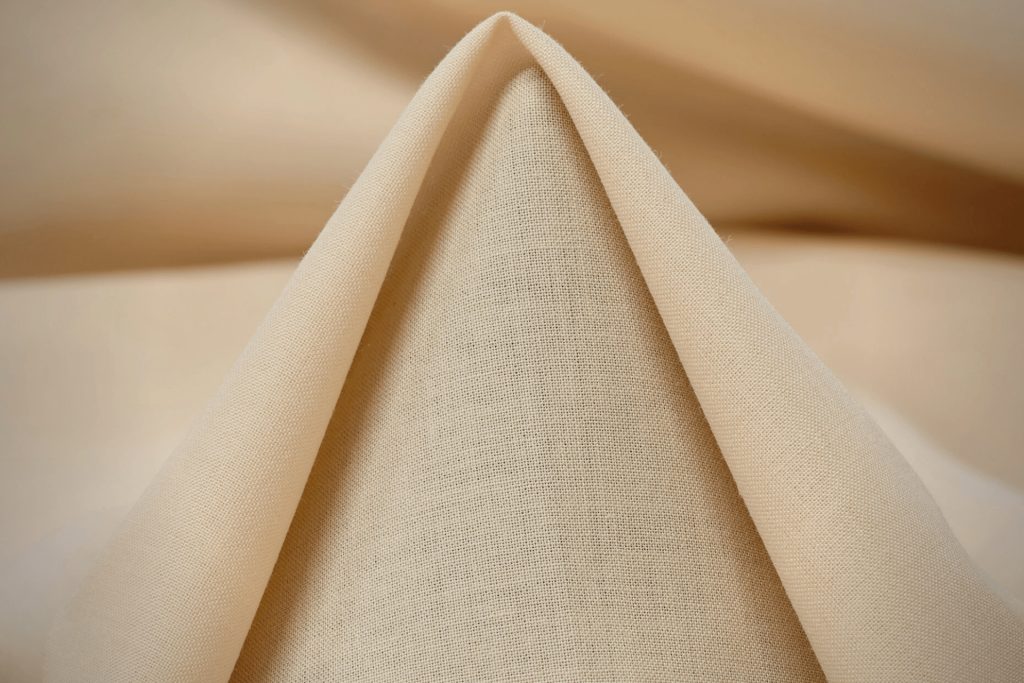
The fabric known as batiste is airy and seems to be semi-transparent. Mercerized threads are woven into a simple plain-weave structure to create it. When a material is described as having a plain weave, its lines are incorporated in a straightforward over-and-under pattern.
Mercerization is the technical term given to the process by which producers treat the threads of fabric with an alkali to give the cloth a shimmering and lustrous appearance.
Batiste has a long tradition of being a fashionable lightweight material for apparel. In its early days, it, like many other older materials, made use of linen cloth, which was made from flax plants.
Then, when England started importing cotton in the 1600s, producers began employing cotton fibers to make an even softer textile. This was done to compete with the increasing demand for cotton products.
Batiste is a fabric that originated in France as opposed to England, which is why it has a distinct name from cambric, even though it feels and looks quite similar to cambric.
Lingerie, gowns, and blouses are just a few examples of garments that may use batiste. Additionally, it is sometimes utilized to produce bed linens and handkerchiefs.
4. Broderie Anglaise:
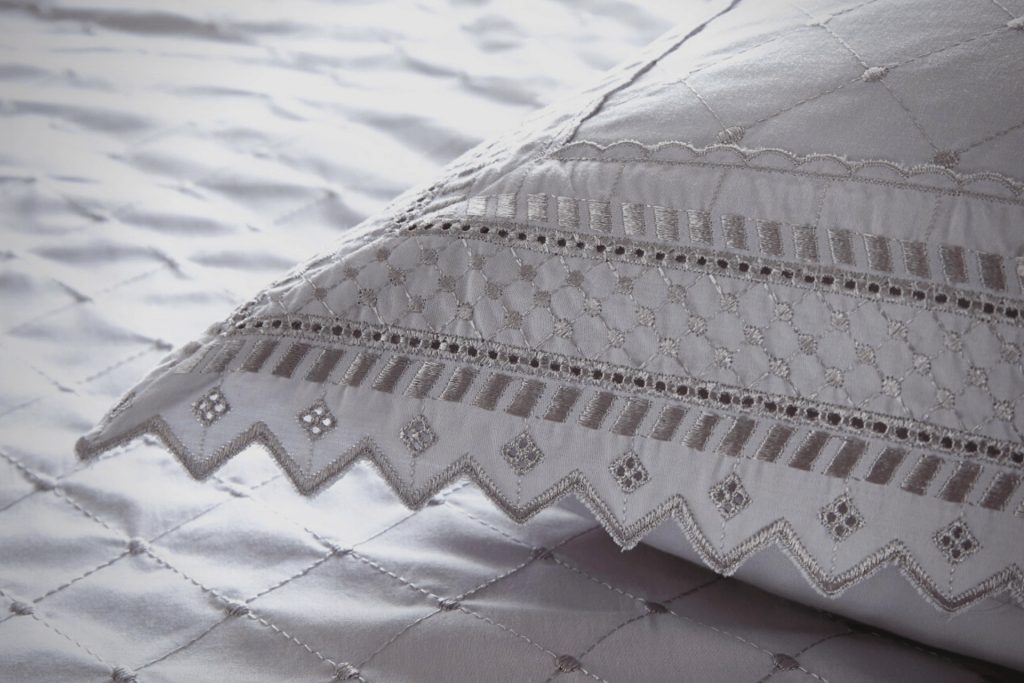
The term “broderie Anglaise” refers to an embroidery technique involving wrapping white threads around circular openings carved into a fabric. Craftsmen from France referred to this method as “English embroidery” because it gained popularity in England during the 19th century.
In modern parlance, the phrase most frequently refers to a white fabric that resembles lace and is adorned with eyelet cutouts and embroidered motifs produced with white thread.
This fabric is still widely used to make dresses, skirts, placemats, and other decorations. This eyelet fabric is frequently used in various garments, such as the sleeves or the border of a skirt.
5. Broadcloth:

Broadcloth is distinguished by its moderate weight, substantial appearance, and exceptional durability. This cotton fabric is characterized by a dense and densely packed plain weave, creating a smooth and robust material.
The name of the fabric comes from the use of extra-wide looms, which may make portions of material that are 45 or even 60 inches in width.
At one time, broadcloth was made of wool and was commonly used for military uniforms and gentlemen’s jackets. The woolen variant of broadcloth was woven on extra-wide looms so that the thread could fry out before shrinking into a more compact and thick form that offered enhanced resistance to the effects of the environment.
Broadcloth is used in applications like quilting, furniture, and curtains. Additionally, it can produce high-quality apparel items such as structured dresses and formal shirts.
Because of its extra-dense weave, which has very little roughness and can make even persons with skin types feel comfortable, it is perfect for making high-quality dress shirts.
6. Calico:
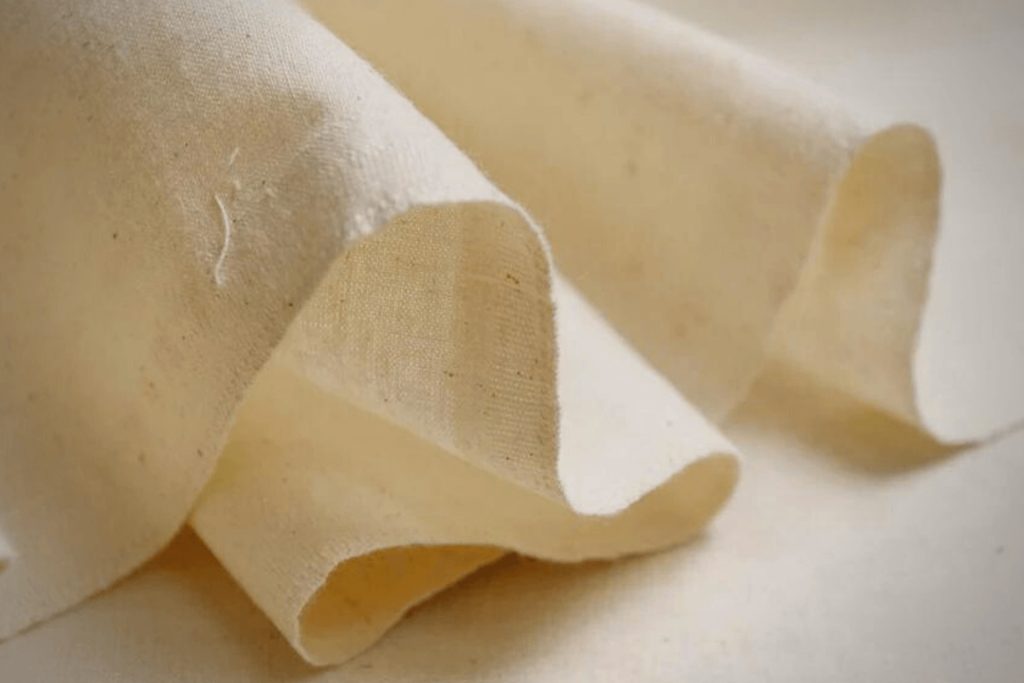
The cotton fibers used to make calico are not bleached and not sorted, so the fabric still has a hint of ivory and may even have cotton seeds embedded in it.
This style of unfinished fabric has a somewhat loose and plain-woven structure, often giving off the impression of being natural and somewhat rough. The term “calico” stems from the city of Kozhikode in India, which is also the place where the fabric was first created.
Although calico has historically been sold in its natural, undyed state, modern calico frequently has various dyed designs. These often take on a motif reminiscent of rural life in the United States and use hues such as dark red, ivory, and navy blue.
7. Corduroy:
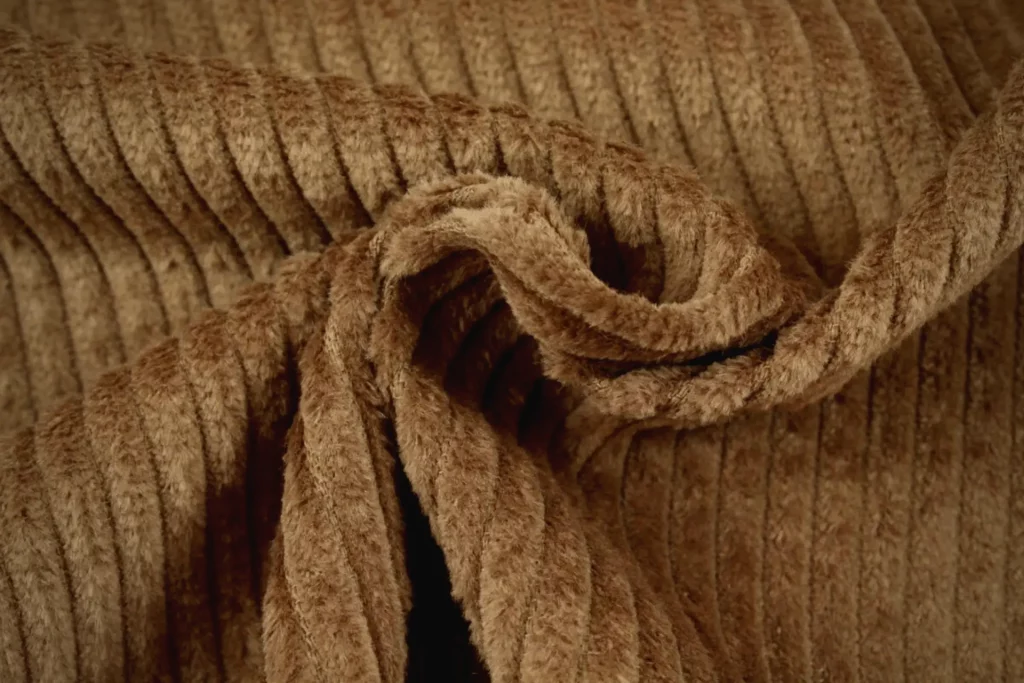
Calico that has not been colored continues to be a popular choice for “creating a muslin” or a “toile,” which are both names that refer to the process of stitching a mock-up of clothing before stitching the actual thing.
Because of its lower price compared to many other forms of processed fabric, it also has a wide variety of applications in the ornamental and garment industries.
The fuzzy, raised ribs on the corduroy’s surface make this cotton fabric one of the most insulating. A twill weave structure is used to make corduroy, meaning that the yarns that make up the fabric run in a diagonal pattern rather than an over-and-under pattern that is square.
Additionally, corduroy may be found in various weaves, which refer to the fabric’s thickness. This type of corduroy, which is thinner and has more closely spaced ribs, is known as having a fine wale, and shirts often use this lighter fabric.
Corduroy with a broad wale is characterized by more enormous ribs spread more widely apart and by an overall greater weight. Pants and jackets from this more durable and warmer fabric are a good choice.
8. Canvas:
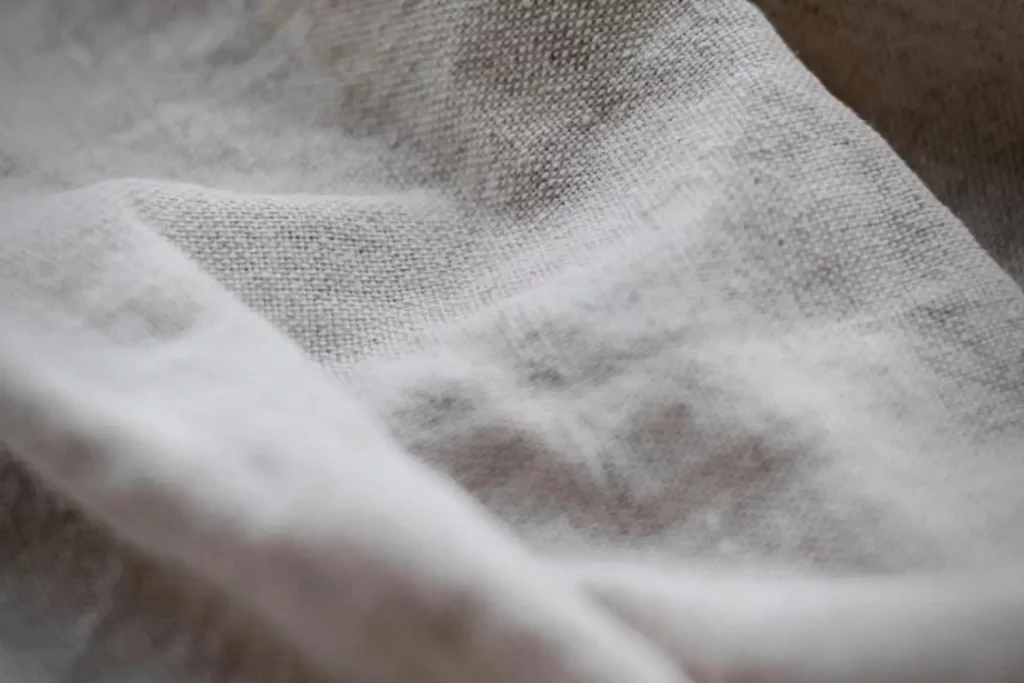
Canvas is one of the varieties of cotton fabric that is the most robust and long-lasting. It has a simple weave structure constructed of solid threads woven together.
The two-ply yarns used in many types of canvas are created by twisting together two smaller yarns to produce extraordinarily thick and long-lasting threads. In today’s market, you may also choose various canvas varieties crafted from polyester or other synthetic fabrics.
Canvas is used in various products, including sails for boats, shoes, patio furniture, the backdrop for paintings, and even multiple forms of protective equipment such as jackets.
9. Chenille:
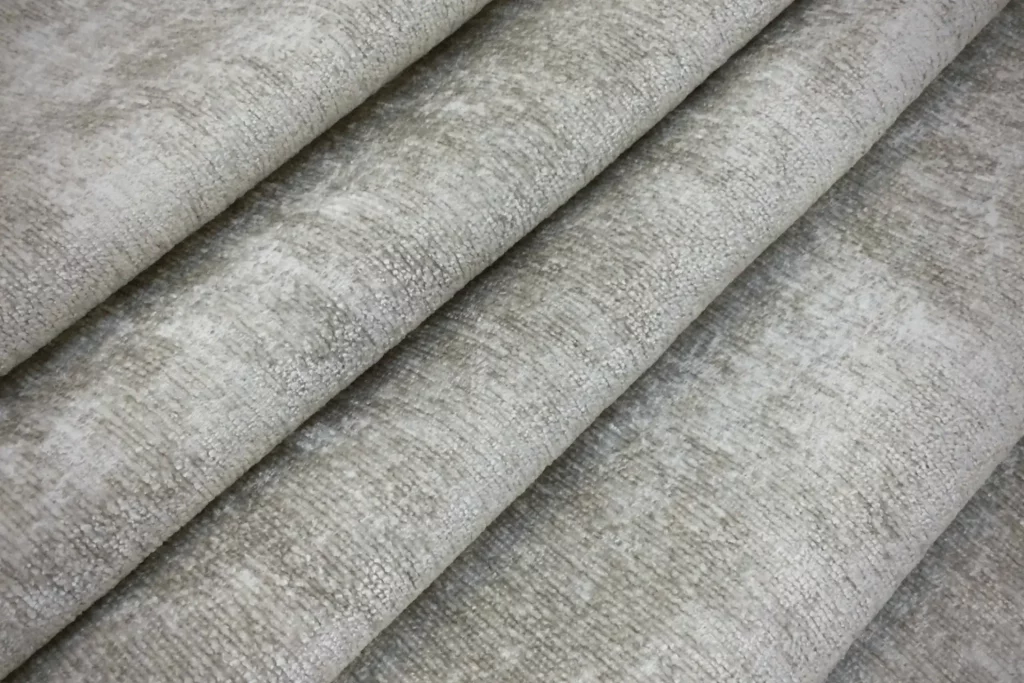
Chenille is a cotton fabric manufactured by generating fuzzy, caterpillar-like threads, making it one of the most unusual types of cotton production.
In French, “chenille” literally translates to “caterpillar.” Chenille yarns are created by sandwiching shorter lengths of rope between two longer core yarns and then twisting the entire sandwich together. This results in the formation of chenille.
When the yarns are woven into cloth, they first create loops before being incorporated into a piece of cloth, resulting in a dense and fluffy pile produced on the fabric.
Chenille has the feel of a plush sweater. This fabric is commonly used to make sweaters, shawls, throw comforters, and blankets. However, to preserve its delicate, fluffy heaps, chenille fabric typically requires the dry-washing cleaning method.
10. Denim:
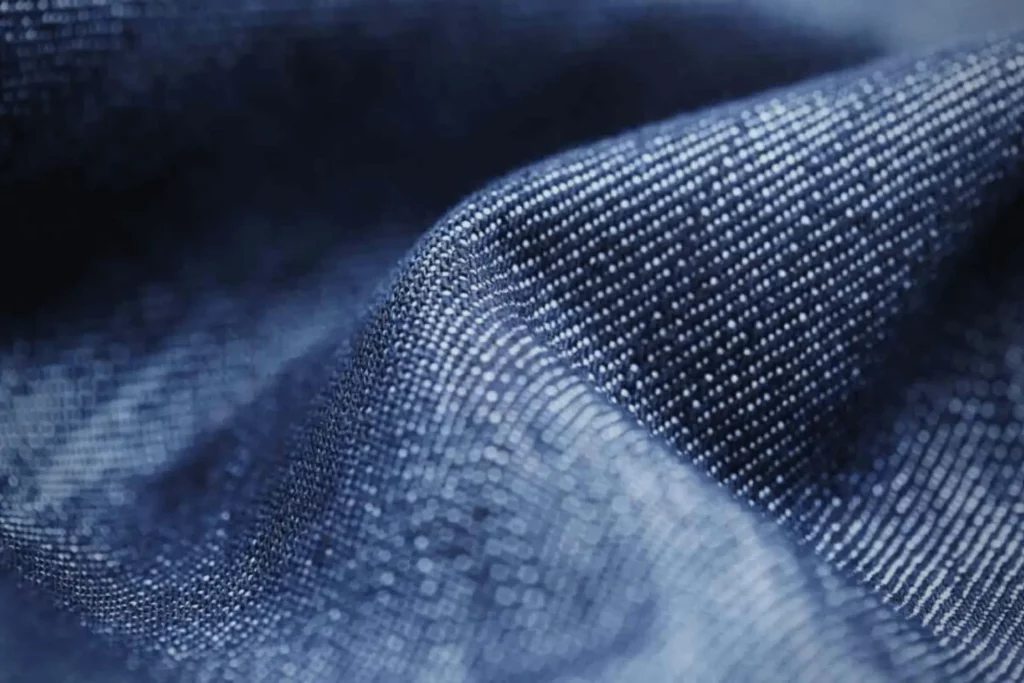
Denim has a twill weave structure, created by interlacing blue and white cotton yarns in a twisted, diagonal pattern to create the fabric. Denim is the material that is used to make traditional blue jeans. Therefore, you might think of denim as being synonymous with jeans.
One of the most widespread uses for this robust and somewhat stretchable variety of cotton, which was one of the first sorts of fabric ever developed.
Denim is available in a wide variety of weights. It can be woven with various mixes, such as a small percentage of elastic incorporated into the denim to produce stretch jeans.
It is also possible to get it dyed in various colors or burnished with multiple finishes, such as by tumbling it with pumice stones to give it a softer, more faded appearance.
11. Chintz:
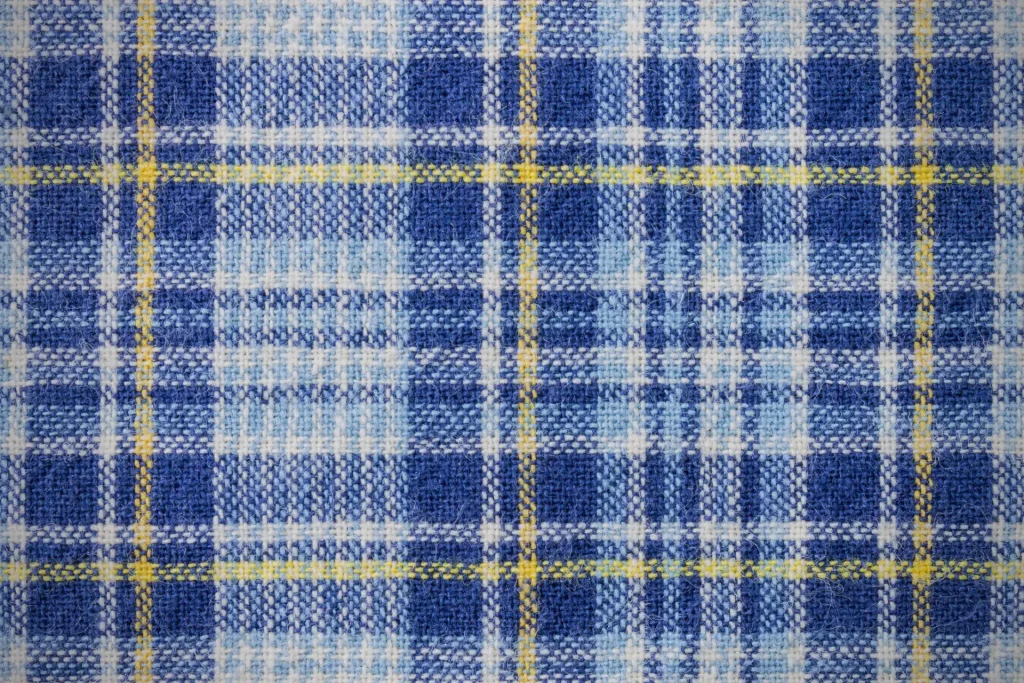
Famous for its vast floral or geometric patterns, chintz cotton cloth is a specific kind of woven cotton fabric printed with particular designs. The weave is characterized by thin, twisted warp threads that cross over and under weft threads of a thicker gauge.
This one-of-a-kind weaving procedure produces a somewhat burnished fabric, and producers frequently emphasize the fabric’s sheen by applying a finishing glaze to the material’s surface.
Chintz fabric is still widely used for things like upholstery, pillows, and curtains despite having unnecessarily elaborate designs and being Victorian in nature because of its stylized prints.
Chintz and other types of polished cotton are occasionally used in apparel, such as styled dresses; nevertheless, it is customary to dry clean items made of chintz and different types of lustrous cotton to preserve the glazed surface.
12. Knitted in a Jersey Manner:
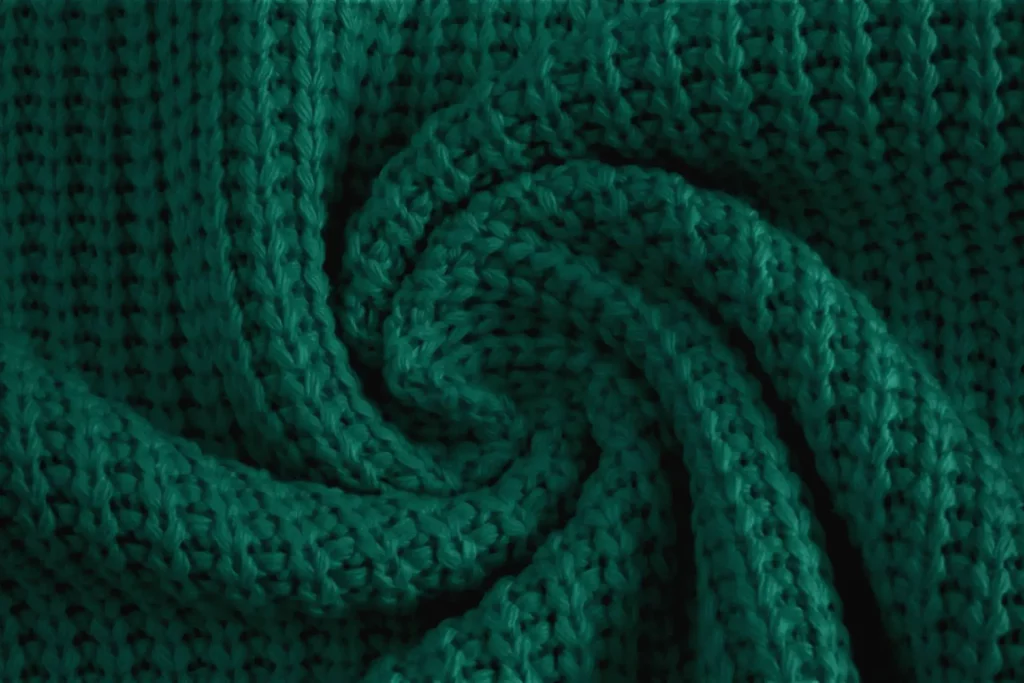
Jersey knit is the traditional fabric for t-shirts. Instead of weaving the cotton yarns, the material is created by knitting loops of cotton threads together on a specialized loom.
In contrast to other types of knitted fabric, jersey knit is created using only one pair of needles, which positions all of the fabric’s loops in the same direction on the material’s surface.
A close second to denim in terms of widespread use is the fabric known as jersey knit, which was developed from cotton. During the early 20th century, Coco Chanel was responsible for popularising the original version of the jersey knit.
Then, in the 1950s, the proliferation of the t-shirt propelled jersey knit to the height of severe, intense popularity, which has remained constant throughout time.
Because of the structure of the looped yarn, this fabric offers a pleasant feel to the touch and a great degree of elasticity. It is most commonly seen in t-shirts of varying lengths and widths, but it may also be the focal point of outfits such as maxi dresses, cardigans, leggings, and even jackets and coats.
13. Pima Cotton:
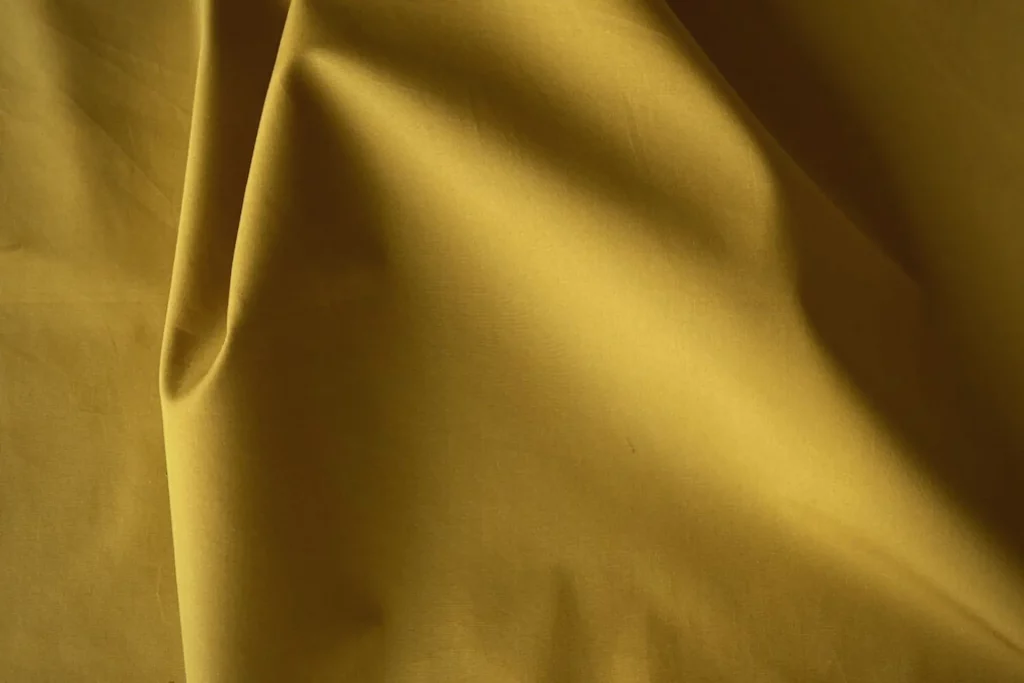
Pima cotton is a fabric considered more excellent quality than conventional cotton since its threads are longer. The use of Pima cotton results in the production of material that is both silky and extremely gentle to the touch.
It does not wrinkle easily and maintains its shape quite well over time. This particular kind of cloth is used to make various goods, such as bed sheets and undergarments, among other things.
14. Egyptian Cotton:
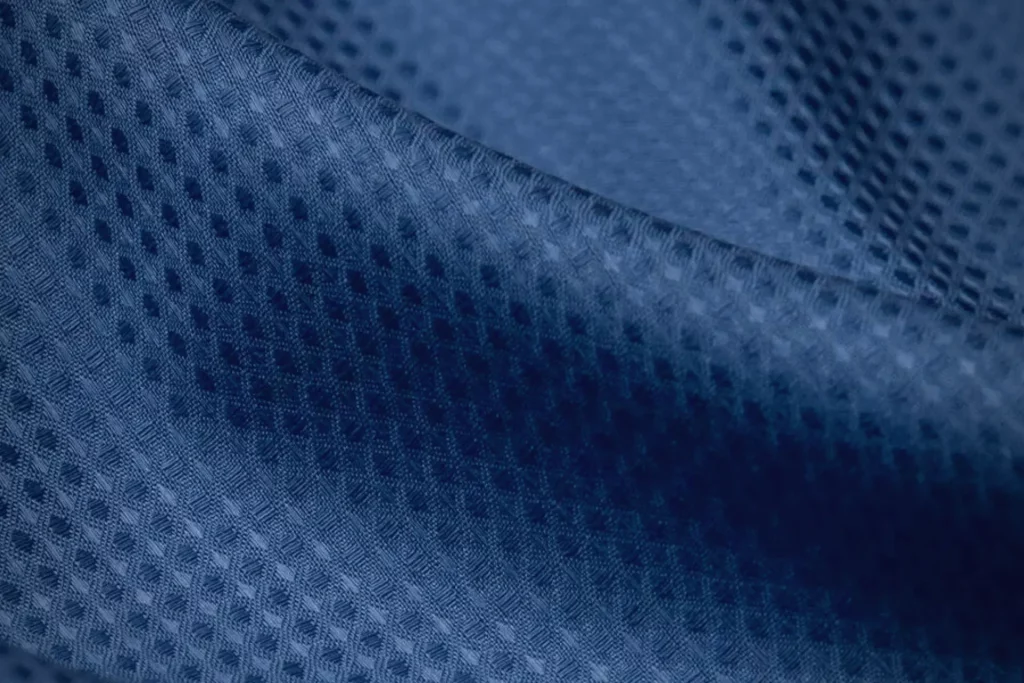
Only one location in Egypt is suitable for cultivating genuine Egyptian cotton along the Nile River. Because of the heat and moisture provided by this one-of-a-kind environment, the plants can form distinctive bolls that carry long, thin staples.
To be considered authentic Egyptian cotton, the fibers must be picked by hand rather than machine throughout the production process.
Cotton harvested with machinery typically has a great deal of fiber damage. The delicate hand-picking process preserves the long staples so they may be twisted into long-lasting fine yarns.
Authentic Egyptian cotton may be somewhat pricey since it must be handled with meticulous precision, and there is a small global market for it. This fabric is most commonly utilized in the production of high-end bedding.
15. Supima Cotton:

Supima cotton is one of the rarest cotton varieties worldwide, and only accounts for a fraction of one percent of all cotton fabric marketed worldwide.
This wealthy type is made from ELS fibers cultivated in the United States. Because of the unique licensing requirements, anybody claiming to sell it must demonstrate that the entire product comprises only the specified fibers.
In a strict sense, Pima and Supima cotton are the same things since they come from the same plant. The most crucial distinction is that approved American producers may only produce Supima cotton.
This provides a strong assurance that you will only receive the high-quality fabric. Sadly, many items labeled “Pima” or “Egyptian” prefer to fluff out their cotton by adding inferior upland fibers.
16. Sea Island Cotton:
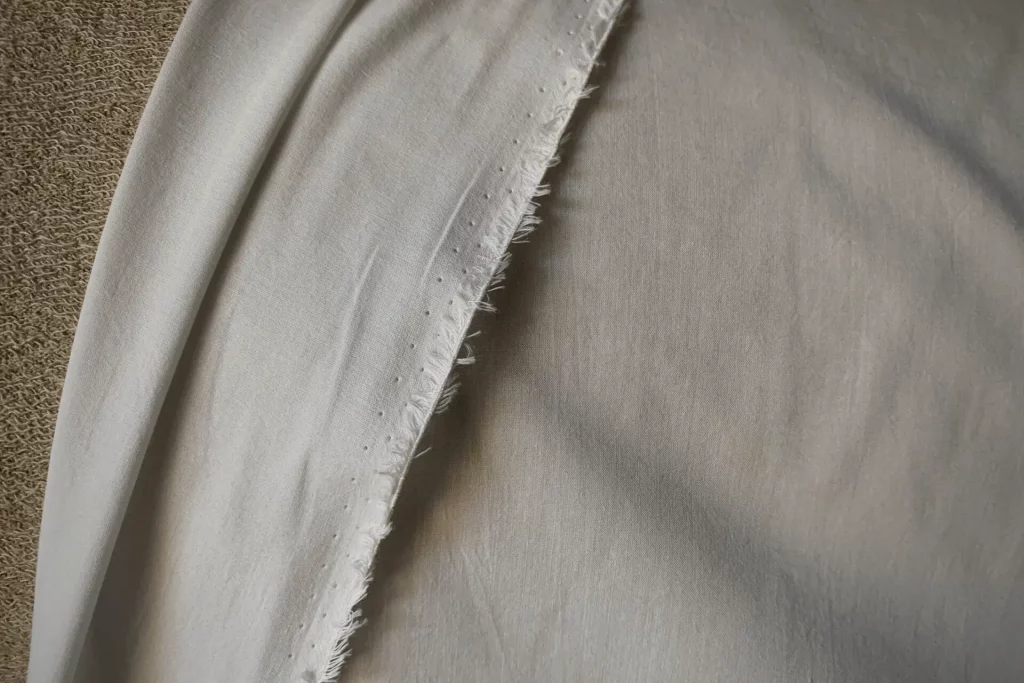
Sea Island cotton is also one of the forms of cotton that is considered to be among the rarest in the entire globe. According to the claims of some of its producers, it accounts for less than.05% of the total amount of cotton traded worldwide each year.
Sea Island Cotton originates from the same uncommon plant species known as Gossypium barbadense. Still, it is cultivated in certain tropical temperatures, providing an extra-long staple length and a glossy quality to the finished product.
Sea Island Cotton is known for having a reputation for excellent tensile strength, extraordinary softness, and a smooth texture. Sea Island Cotton is grown in the Caribbean the majority of the time nowadays.
Because of how uncommon it is, it comes with a hefty price tag. Bespoke shirts and high-end bedding are examples of products that use this material.
One issue about Sea Island Cotton that should be brought to your attention is that it may be challenging to verify that a product includes solely pure ELS staples. Some unscrupulous producers would label a product as “Sea Island Cotton” even when it contains less expensive upland fibers that have been blended in.
17. Lawn:
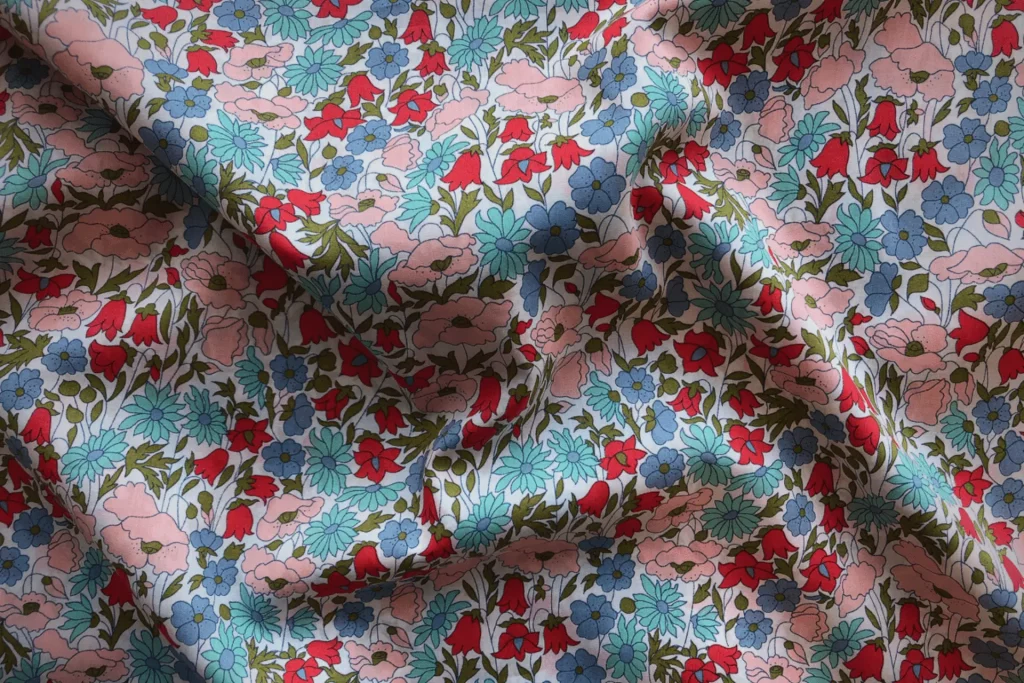
Another variety of cotton fabric is known as lawn, characterized by its use of a plain weave structure combined with combed and extra-fine threads. This tiny weave results in a material that is only partially see-through. This results in an airy, delicate fabric and somewhat silky texture; it is ideal for summer dresses and blouses.
Lawn fabric is often created through bleaching and dying and subsequent printing of designs in various colors and patterns. Traditional lawns frequently contain elaborate flower patterns that are relatively modest, but these days you can get just about any design you can imagine!
18. Poplin:
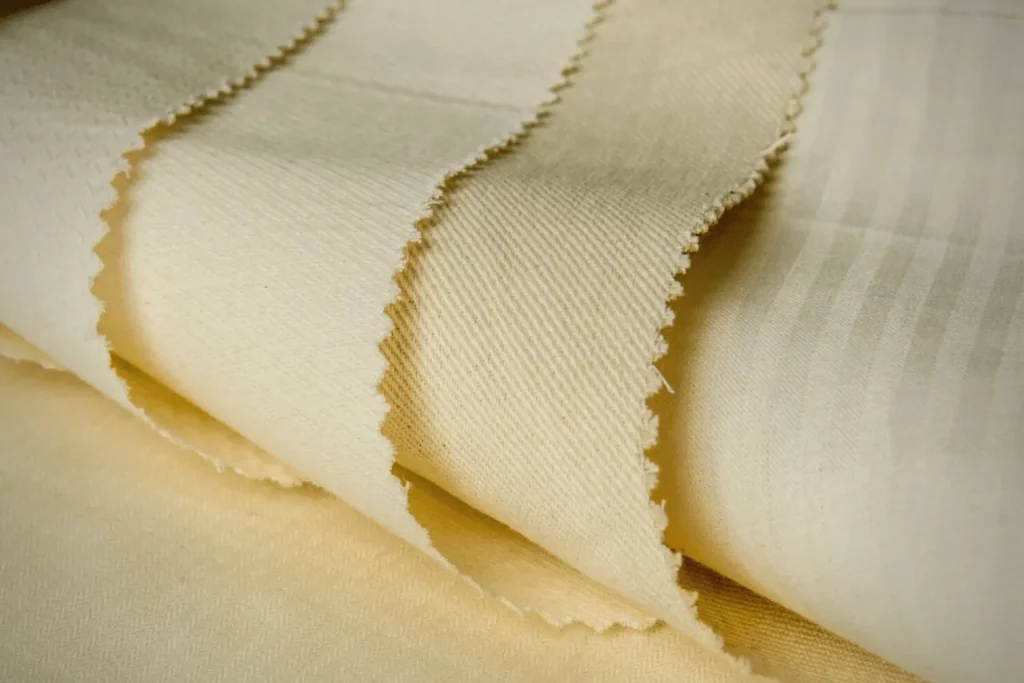
A robust plain-weave construction with prominent ribs throughout characterizes the poplin. Back then, connecting silk and wool threads achieved their characteristic ribbed appearance. This process took place a very long time ago.
The traditional ribbed appearance of poplin is achieved nowadays by weaving threads of varying thicknesses into the fabric, almost always made of 100 percent cotton.
Most poplin is produced in a lightweight type that drapes effortlessly and feels delicate and refreshing next to the skin. It is used to manufacture high-quality summer apparel, such as button-down shirts, dresses, and skirts.
19. Oxford:

Plain sewing together blue and white threads results in the creation of oxford cloth, a shirting fabric with a medium weight. Button-down solid shirts made from this sort of cloth typically have a stylized plain white collar and cuffs to match the rest of the shirt.
Because of the robust character of this cotton, it is gaining more and more popularity for use in the production of household goods such as curtains, pillows, and other such items.
What Specific Kind of Cotton Produces the Finest T-Shirts?
Jersey knit is the ideal type of cotton fabric for t-shirts because it is elastic, comfortable, and long-lasting. Jersey knit is created by interlocking loops of thread to produce the material.
However, you may choose from a diverse selection of weights for the jersey knit t-shirt fabric. T-shirts classified as lightweight may be constructed from jersey knit weighing Three oz per square yard, t-shirts classified as midweight may contain material weighing Five oz per square yard, and t-shirts classified as heavyweight may be constructed from jersey knit weighing more than 6 oz per square yard.
You will also want to take into consideration the sort of cotton fibers that were utilized in the construction of the jersey knit. More than ninety percent of all cotton shirts on the market will be made from upland, short-staple cotton.
There is nothing wrong with this, but if you want to upgrade to a more luxurious t-shirt, you may look for one with a jersey knit constructed out of long or extra-long staple cotton. In most cases, the marketing for these t-shirts will boast that they are made of Pima or Supima cotton.
Last but not least, consider using a cloth that is a combination. Many t-shirts provide shirts constructed from cotton, modal, polyester, or fabric fibers.
This can impart extra qualities to the cotton, giving the shirt a unique drape and enhancing its softness and long-term durability.
How should Cotton be Cared for?
Cotton is a versatile fabric that is also easy to care for due to its low maintenance requirements. The following is a guide for washing, drying, and ironing cotton:
- Washing:
Always read the care label to ensure that your cotton item may be washed in the machine. The characteristics of each cotton mix are distinct. Try washing cotton at a low temperature to maintain the fabric’s brilliant or dark colors.
Using fabric conditioner and regular laundry detergent will help your garments retain their brand-new appearance. Just put it in the drawer where your fabric conditioner is kept when you do your laundry, and our fabric conditioner will be distributed throughout the wash cycle.
It gives the fibers of your clothing a protective coating, which helps to keep them supple, fresh-smelling, and able to preserve their shape and color.
Additionally, it helps prevent them from bobbing and makes them easier to iron while reducing the amount of static they produce. Maintaining the quality of your wardrobe is essential if you want to get the most use out of your favorite pieces for as long as possible.
- Drying:
To prevent the item from shrinking, check the label to see if there are any particular instructions to follow, and then either let it air dry or dry it at a low temperature in the dryer.
- Ironing:
Utilize a fabric conditioner such as Comfort to assist in retaining the suppleness of cotton while also imparting a wonderful aroma to the cloth so that it is ready to be ironed. Check the label to determine the appropriate setting for ironing, and then use that.
This article does not even come close to covering all of the varieties of cotton cloth that are available to you. Cotton is an exceptionally adaptable plant, and its fibers may be woven into a wide variety of high-quality textiles and fabrics. If you keep an eye out for it, you’ll be surprised to discover how many objects are constructed out of cotton.
What Type of Cotton Fabric has the Softest Texture?
Cotton fabrics from Pima, Supima, Egyptian, and Sea Cotton are all vying for the world’s smoothest cotton fabric title. Even though it may be hard for you to select between these luxurious fabrics, you can be confident that each will provide you with an exceptionally smooth and velvety feel.
Any extended or extra-long strand of cotton will always give the softest hand or feel. This is true regardless of the type of cotton.
When it comes to the structure of the fabric, specific varieties of cotton, such as brushed cotton and chenille cotton, have an exceptionally plush quality since the cloth’s surface features elevated strands.
Different Types of Lightweight Cotton Fabric:
Cotton may be woven into a wide variety of lightweight fabric types, including gauze, batiste, muslin, lawn, and gingham Materials classified as lightweight might have a weight that is anything from less than 4 ounces per square yard to as much as 6 ounces per square yard.
Because of their finer and more thin strands, lightweight textiles have a better drape than heavier ones. This enables the cloth to hang in ruffles readily and gathers and adjusts to the wearer’s contour. Because it has more of an open, airy, and breezy feel, lightweight fabric is another option that works well for summer attire.
Frequently Asked Questions:
What is cotton used for?
Cotton is a versatile fabric for all clothing and household items. From t-shirts and jeans to sheets, towels, and blankets, cotton has kept us comfortable for centuries! It’s also great for accessories like hats, bags, and scarves. And don’t forget about crafts — cotton is perfect for quilting and sewing projects. But its usefulness doesn’t end there; cotton is appreciated for its absorbency in the medical field (think gauze) and its industrial applications, such as rope and even currency paper.
What exactly is a jacquard loom used for?
It’s a loom that can weave complex patterns into a fabric and even cut out shapes from the material as it’s being incorporated.
What type of cotton fabric for face mask?
When selecting a cotton fabric for your face mask, look for something tightly woven to ensure maximum protection. Lightweight cotton works best, allowing air to flow through the material while providing coverage. Ensure that you check the thread count – higher counts indicate more threads and, therefore, more protection. Additionally, look for fabrics that have been pre-washed or treated with a sanitizer like bleach, as this helps keep them clean and free from any bacteria or viruses. Lastly, don’t forget about comfort! Make sure you choose a fabric that feels comfortable against your skin so you can wear your face mask for extended periods without discomfort.
Bottom Line:
Cotton fabric comes in various weights and widths and may be used for anything from apparel to home furnishings to boating and athletic equipment. For a wide range of applications, nothing beats cotton’s natural softness and breathability. The primary distinctions between cotton varieties stem from the specific cotton plant variety and the weaving technique employed.

